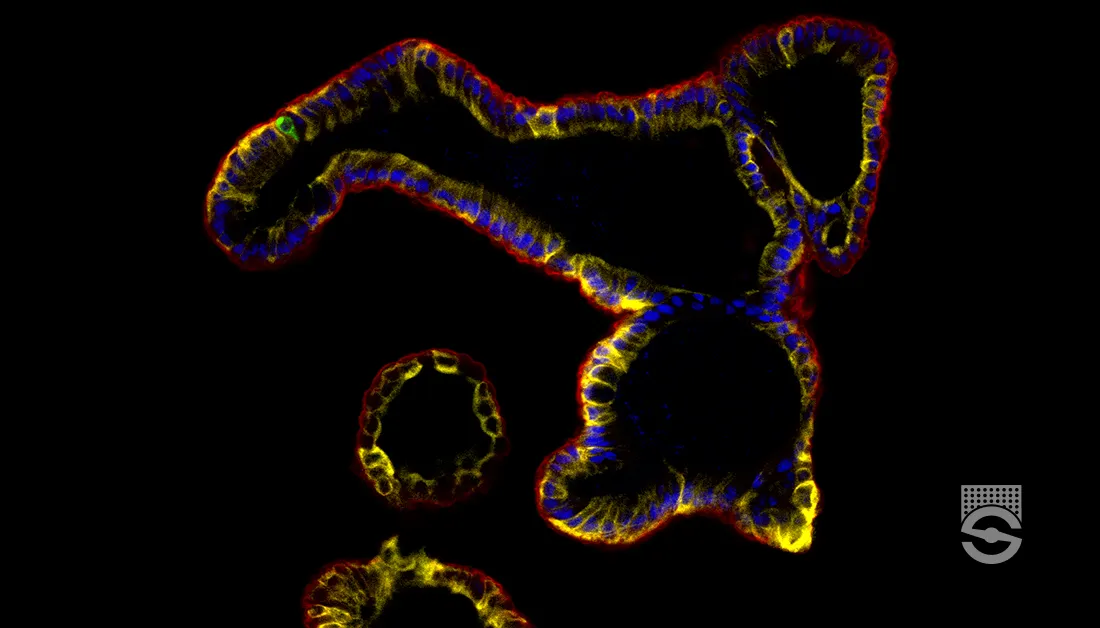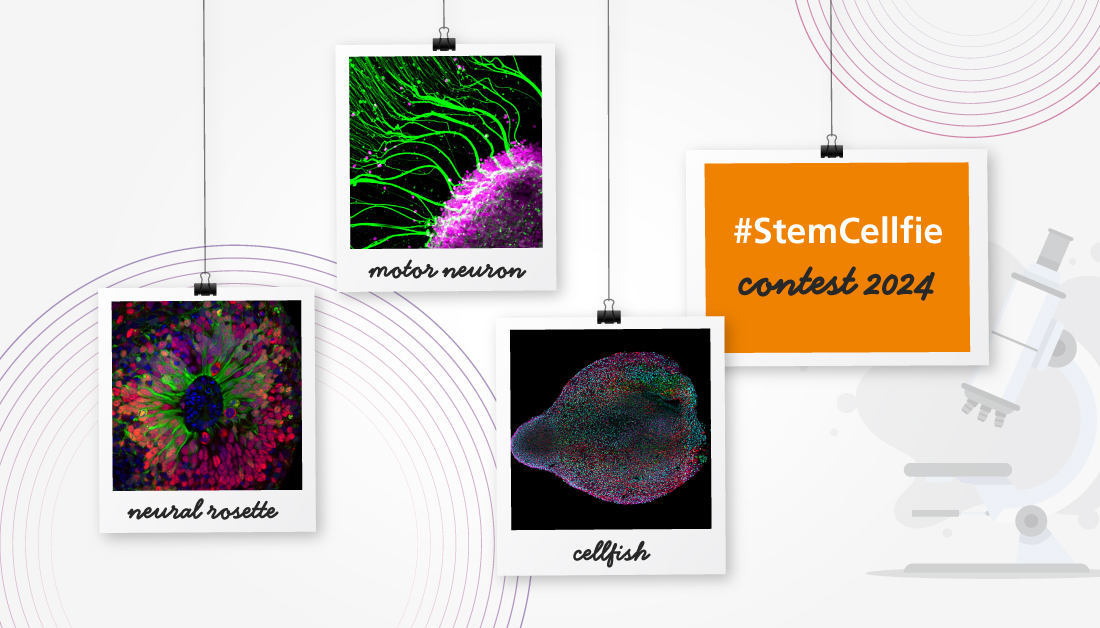Scott's Alum Hematoxylin
Materials
| Material | Amount | Function |
|---|---|---|
| Hematoxylin | 3 g | Dye |
| 95% ethanol | 300 mL | Solvent |
| Potassium alum | 21 g | Mordant |
| Distilled water | 300 mL | Solvent |
| Glycerol | 300 mL | Stabiliser |
| Glacial acetic acid | 30 mL | Acidifier |
Compounding Procedure
- Dissolve the hematoxylin in a portion of the water
- Add the glycerol and mix well.
- Dissolve the Alum in the remaining water with heat.
- Combine the two solutions.
- Add the ethanol and the acetic acid, mixing each time
- Plug the container loosely with cotton wool.
- Ripen by leaving in a warm, sunlit place for several weeks.
- When sufficiently ripened, store tightly stoppered in a cool, dark place.
- The solution is stable for years.
Section Preparation
Scott recommended that tissues be fixed with formalin or one of many common fixative solutions, but that strongly acid fixatives should be avoided since they permit only nuclei to be stained. He specified that paraffin sections should be fixed to the slide without melting the paraffin and that albumin be used only if necessary.
Protocol
- Bring sections to water with xylene and ethanol.
- Remove mercury pigment with the iodine-thiosulphate sequence if necessary.
- Rinse well with tap water then with distilled water.
- Rinse off the water with a little alcohol and wipe around the section.
- Drop a little of the hematoxylin solution onto each section and leave for 10 minutes.
- Rinse off the hematoxylin with a little alcohol then rinse thoroughly with distilled water.
- Blue with Scott’s tap water substitute for a few minutes.
- Rinse well with distilled water.
- Counterstain if desired.
- Dehydrate with ethanol, clear with xylene and mount with a resinous medium.
Expected Results
- Nuclei – blue
- Background – as counterstain or unstained
Notes
- The fixatives Scott mentioned as suitable included:
- Formalin
- Alcohol (presumably ethanol)
- Carnoy’s acetic alcohol
- Gilson’s alcohol chloroform acetic
- Mercuric chloride
- Formal sublimate (mercuric chloride formalin)
- Acid sublimate mixtures (acid mercuric chloride mixtures)
- Potassium dichromate mercuric chloride mixtures (Helly, Zenker formal)
- Potassium dichromate (Müller’s fluid)
- Potassium dichromate formalin
- The fixatives that he said should be avoided included:
- Strongly acid fixatives such as Zenker acetic and Tellyesniczky
- This is a modification of Ehrlich’s formula. It differs by having about half the hematoxylin and a fixed amount of alum. It should therefore stain somewhat more selectively than Ehrlich’s formula, but otherwise would be very similar.
- Scott noted the desirability of chemical oxidation, but made no recommendation. Complete oxidation would require 0.6 to 0.75 grams sodium iodate and half oxidation would require 0.3 to 0.35 grams.
- The procedure Scott used indicates it is intended to be a progressive stain with some background colouration.
- Although Scott recommended his tap water substitute for blueing, he noted that distilled water applied for long enough would also be effective, as would any other standard blueing solution.
- Scott’s tap water substitute:
Material Amount Potassium bicarbonate (KHCO3) 2 g Calcium chloride (CaCl2.2H2O) 0.5-0.75 g Magnesium sulphate (MgSO4.7H2O) 20 g Distilled water 1 L
Safety Note
Prior to handling any chemical, consult the Safety Data Sheet (SDS) for proper handling and safety precautions.
References
- Scott, S. G. (1912)
On successive double staining for histological purposes
Journal of Pathology and Bacteriology, v. 16, p. 390-398.






